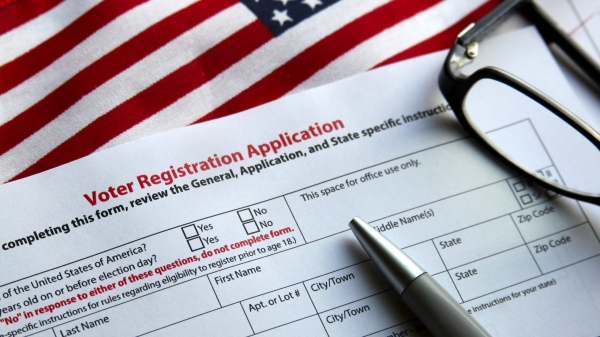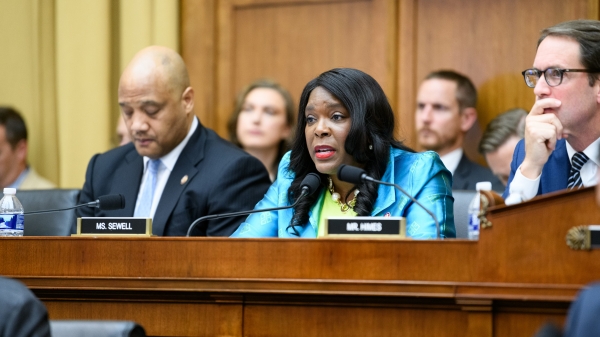|
Getting your Trinity Audio player ready...
|
Child care is an essential resource for Alabama’s working parents, yet the supply of quality, affordable, and accessible child care is not keeping up with the growing demand. Currently, parents in Alabama make up 35 percent of the workforce. When parents have access to high-quality and affordable child care, our employers benefit from reduced absenteeism and productivity loss, increased employee retention, and a greater abundance of skilled workers.
Alabama is proud to have achieved a low unemployment rate currently sitting at 2.9 percent. While that remains an impressive statistic for those who are actively seeking employment, it fails to reflect the number of Alabamians who are choosing not to participate in the workforce. Alabama’s labor participation rate of 57.4 percent puts us among the lowest in the nation. This discrepancy is found in the high number of Alabamians that aren’t technically classified as unemployed but face complex barriers to enter the workforce including limited access to child care and choose to not work as opposed to being unwillingly unemployed.
In 2022, nearly 85,000 hardworking Alabama families needed access to child care but had no quality, affordable options in the communities where they live. That number may continue to grow as Alabama’s job growth outpaces the increase in available childcare slots. State-level policy can incentivize the expansion of child care to support Alabama’s growing economy and get Alabamians back to work.
Representative Anthony Daniels and Senator Garlan Gudger are sponsoring critical pieces of legislation creating the Alabama Childcare Tax Credits that will offer tax incentives to employers and childcare providers that seek to expand childcare access and increase quality in care for working families.
The first tax credit is available to employers that provide on-site child care or stipends to employees for childcare expenses. The second tax credit is available to childcare providers that voluntarily participate in the quality rating program administered by the Alabama Department of Human Resources (ADHR) under the name of the Quality Rating and Improvement System (QRIS).
Offering these tax credits will undoubtedly lead to increased access to child care, enabling greater parental workforce participation and raising parents’ income. There are 210,000 working age parents that aren’t working, and 80,000 of them have young children that require child care. It’s estimated that by improving access to child care and closing the supply gap of the more than 85,000 children that need it, we could increase Alabama’s labor force participation rate by 3 percent – representing an additional 66,000 Alabamians in the workforce and stimulating our economy.
Affordable and accessible child care is crucial to Alabama’s working families and the future of our workforce. Join me in supporting the Alabama Childcare Tax Credits to help Alabamians contribute to a productive workforce.






















































